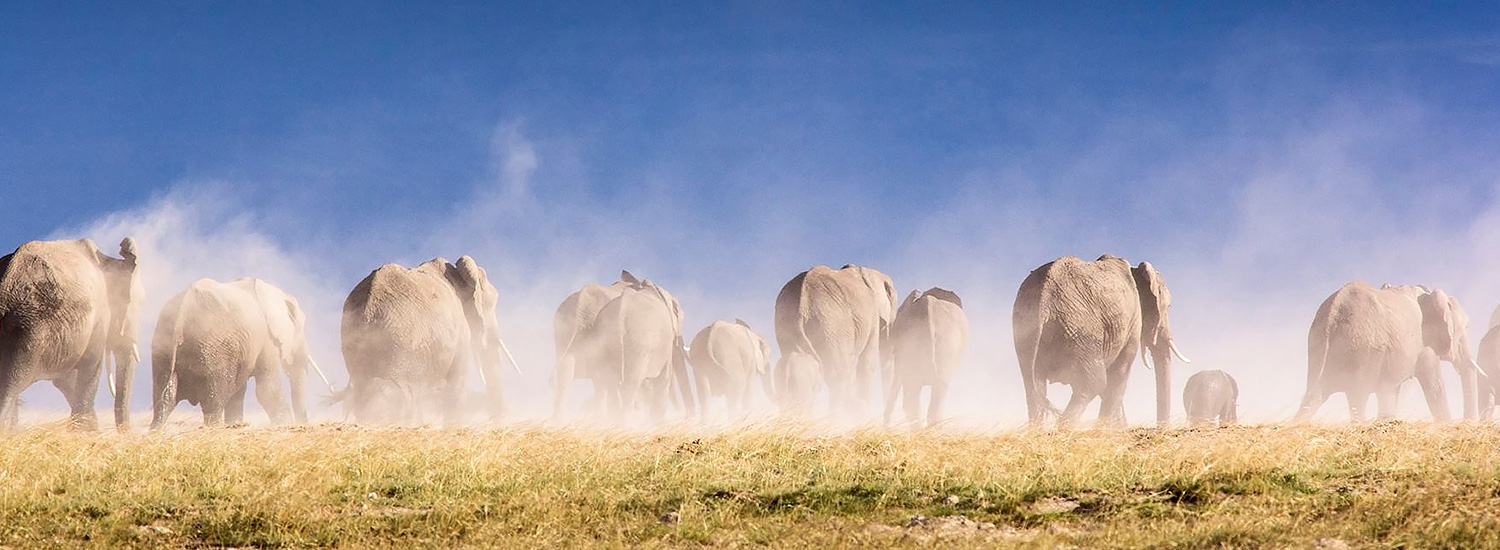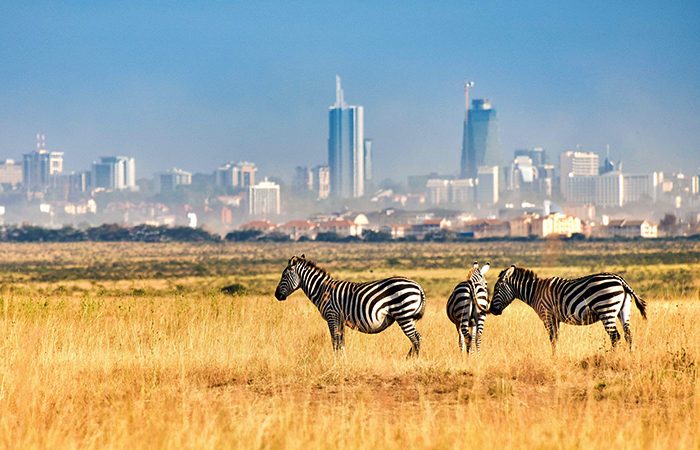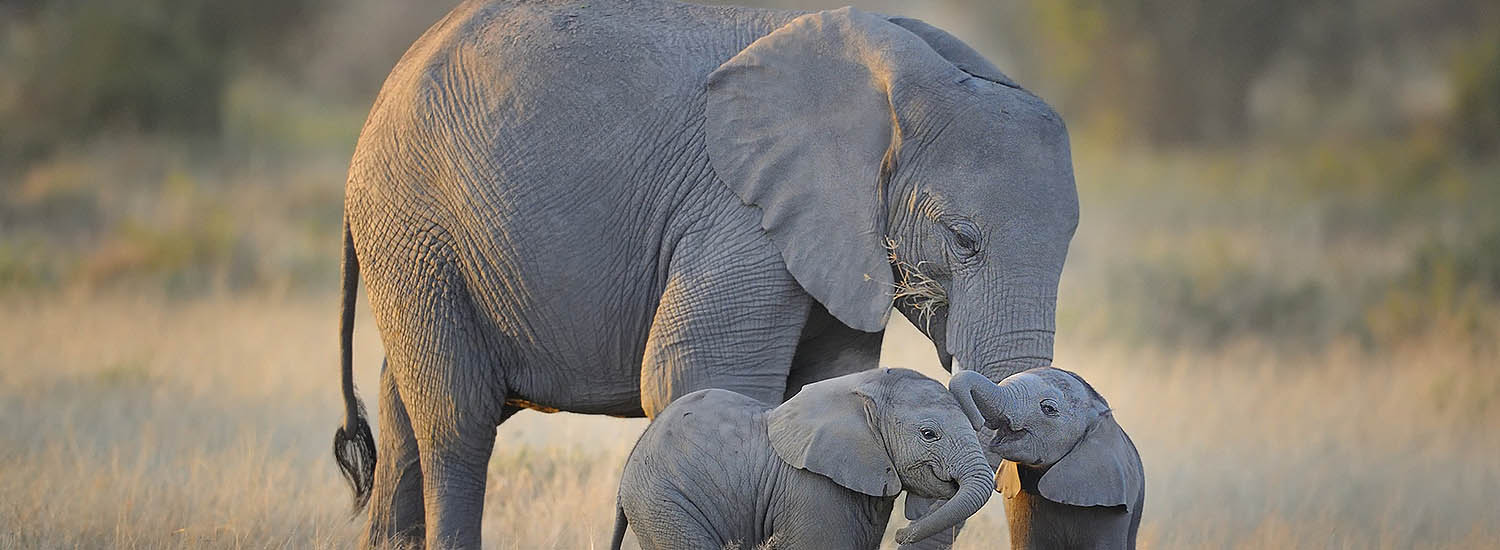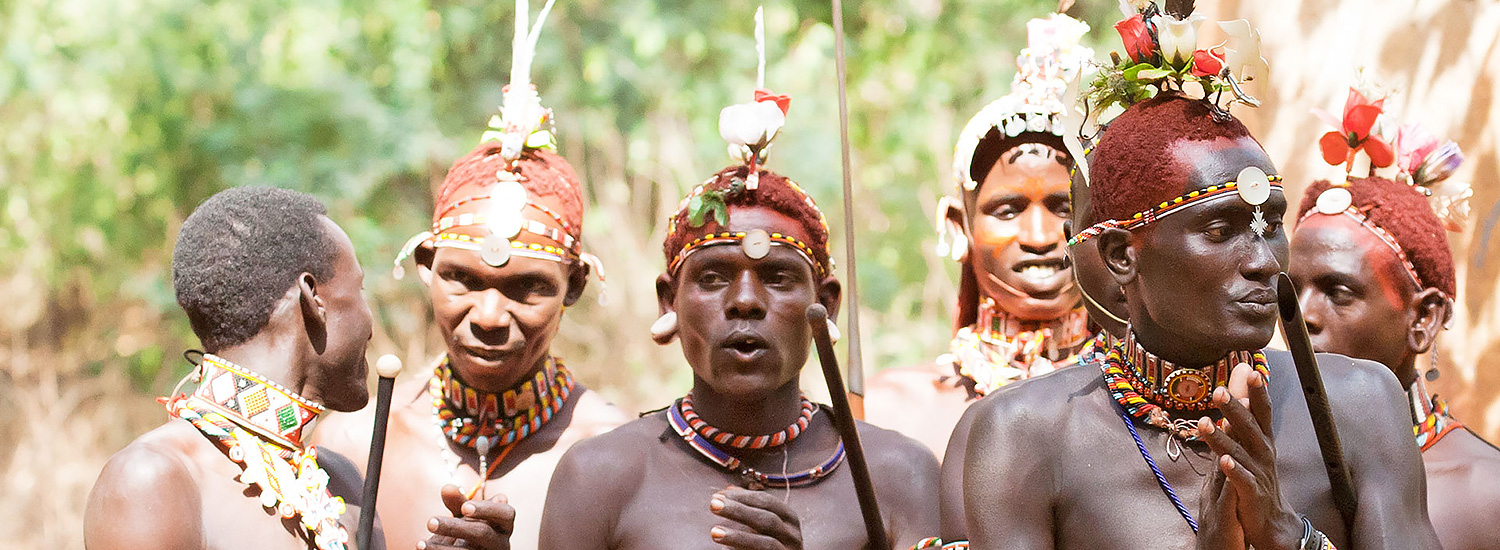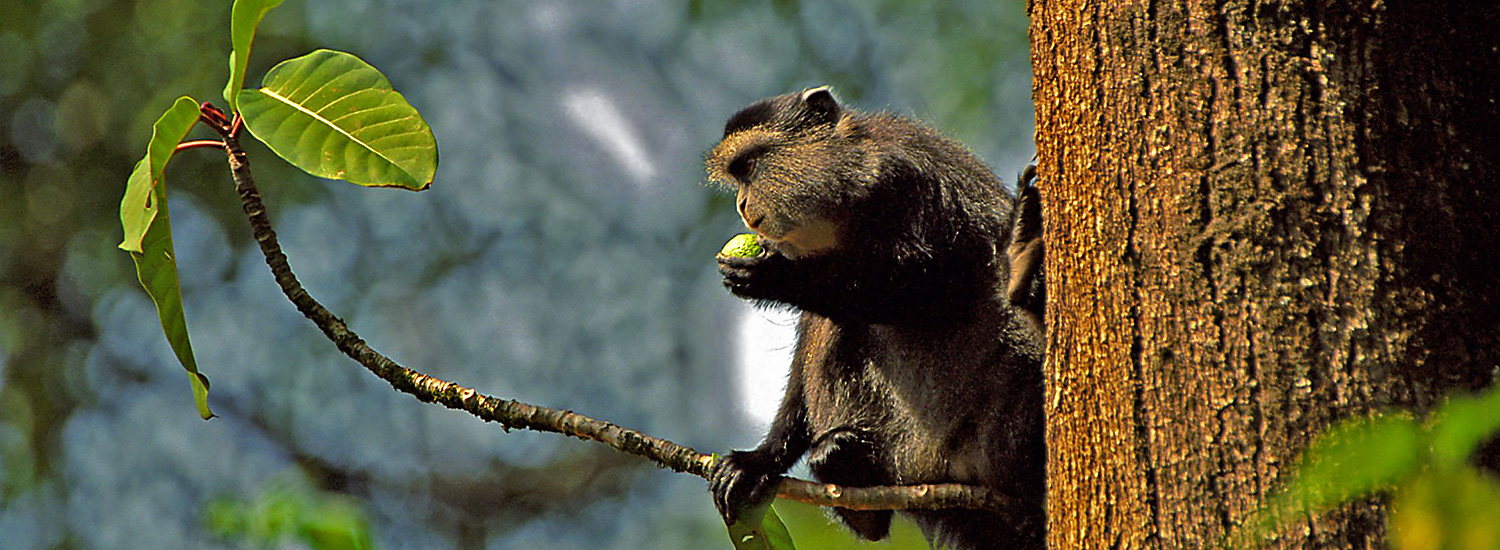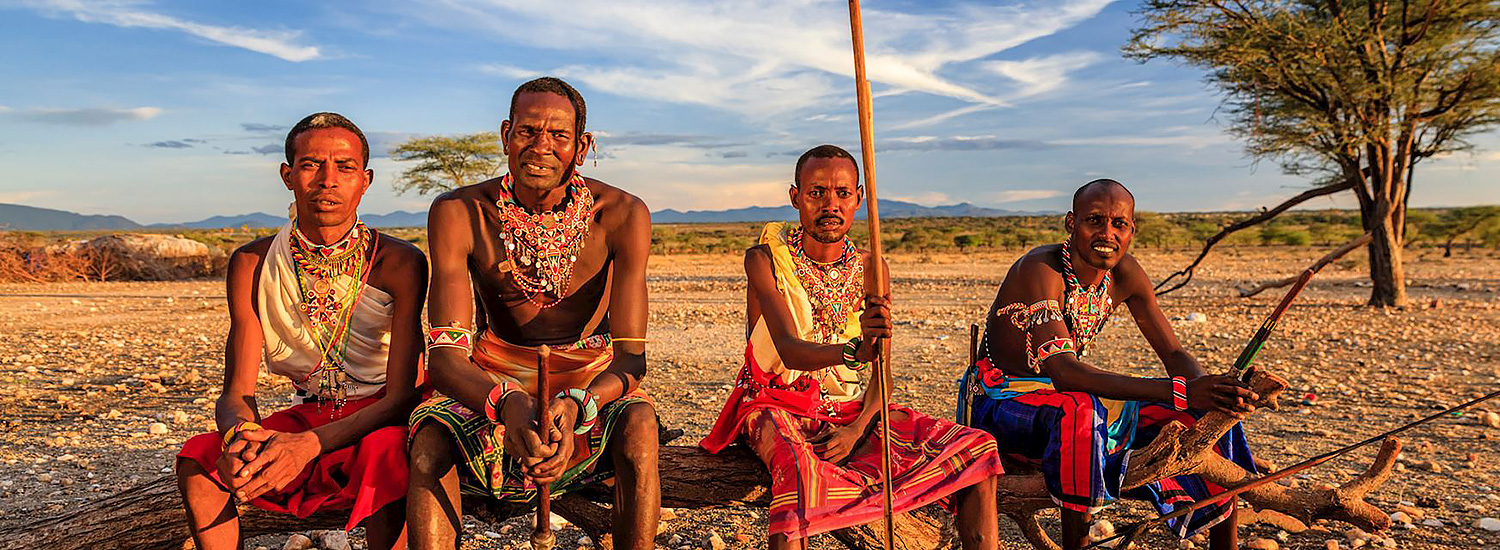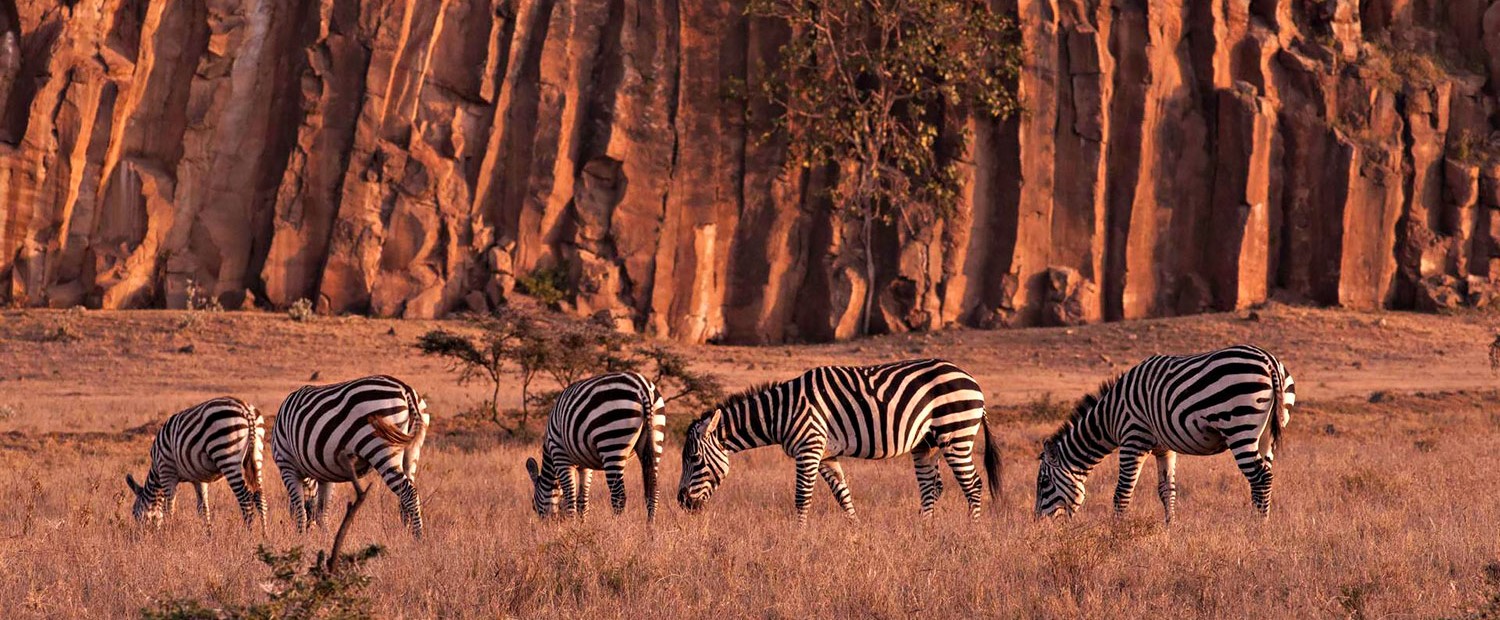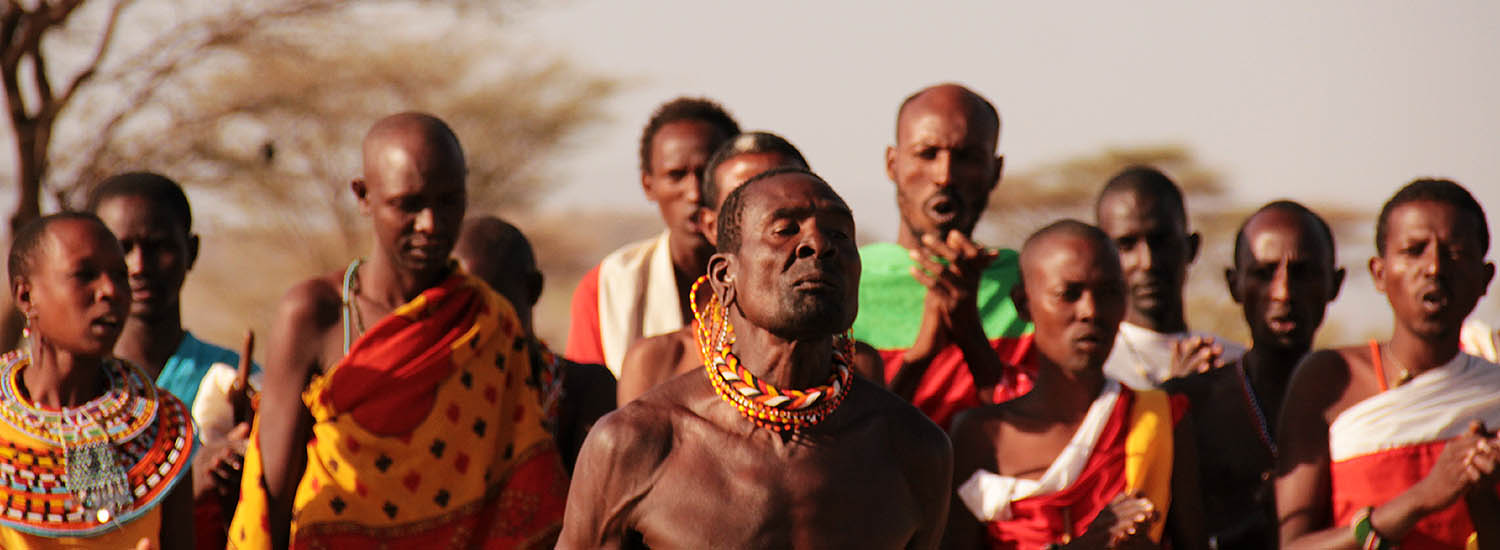
Lake Jipe is an inter-territorial lake straddling the borders of Tanzania and Kenya. On the Tanzanian side, it is situated within Mwanga District, in Kilimanjaro Region while on the Kenyan side, it is located south of the village of Nghonji. The lake is fed mainly by River Lumi, which descends from Mount Kilimanjaro, as well as streams from the North Pare Mountains, being on the leeward side. The River Ruvu is the lake’s outlet. Kenya’s unfenced Tsavo West National Park protects part of the lake’s northern shore, while on the Tanzania side Mkomazi Game Reserve is nearby. The lake is known for its endemic fish, as well as water birds, mammals, wetland plants and lake-edge swamps, which can extend 2 kilometres (1.2 mi) from Jipe’s shore.
The lake is accessible via the B1 Highway from the village of Kifaru, about 40 kilometres (25 mi) south of the Tanzanian town of Moshi. Jipe covers an area of roughly 30 square kilometres (12 sq mi), and measures approximately 12 miles (19 km) long by 3–4 miles (4.8–6.4 km) broad. Jipe is a shallow backwater of the Lumi river, which afterwards becomes the Ruvu, and enters the Indian Ocean at Pangani. The lake lacks a current as the river that flows in, turns round and flows out again. Its water is only drinkable after it has been well boiled and skimmed. On its southern bank, the mountains of Ugweno rise 6,000–7,000 feet (1,800–2,100 m), contrasting markedly with the opposite shore, which is a flat plain, but little raised above the lake.[6] Mount Kilimanjaro’s Kibo Peak is viewable from the lake.
Some 120,000 people depend on the lake for their livelihood. The inhabitants of villages surrounding Lake Jipe are mainly involved in fishing, agriculture and animal husbandry. To the south-east of the great mountain is the little agricultural colony of Taveita. Ki-taveita is the language used by the Bantu half of the population, and Masai is the language of the remainder. Ki-gweno is the dialect of the Ugweno mountains (Ugono) to the south of Lake Jipe.
The probability of long-time isolation from other wetlands is suggested by a fish endemic to the lake, the Jipe tilapia. Jipe’s waters are teeming with big fish, principally siluroids and cyprinoids. Jipe forms a biodiversity rich ecosystem also known for the water birds that frequent its reedy shores; these include storks, egrets, pelicans, spur-winged plovers, ducks, and Egyptian geese. Lesser Jacana and the Purple Gallinule are common on the lake despite being rare in other parts of Africa and Madagascar Squacco Heron, Black Heron, African Darter and African Skimmers are often seen. The vicinity of the lake is frequented by herds of game; hippopotami and crocodiles are plentiful.
Booking is easy! Simply provide the necessary details. Our team will guide you through the booking process and answer any questions you have.
Have more questions? Feel free to reach out to our friendly customer support team. We're here to make your tour experience smooth and memorable!
We understand that circumstances can change. Our cancellation and change policies vary based on the tour and destination. Please review the specific terms in our booking policy or contact our team for assistance.
Our tour packages typically include* accommodations, transportation, guided tours, and specified activities. We provide transparent details about inclusions and exclusions to help you make informed decisions.
*Individual tour details may change.

